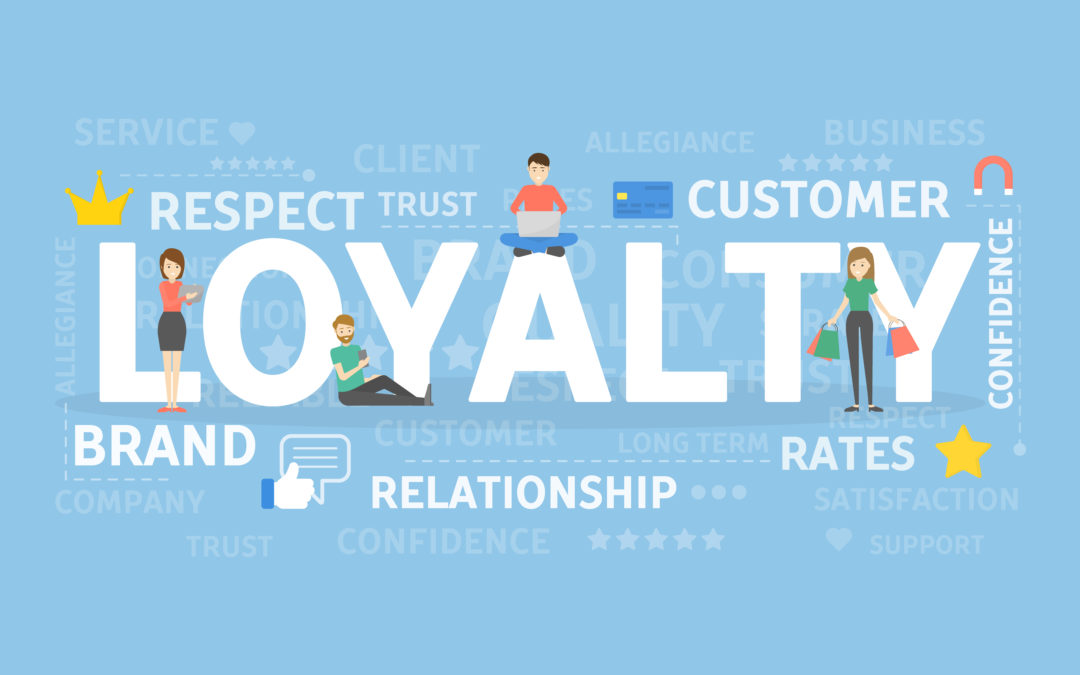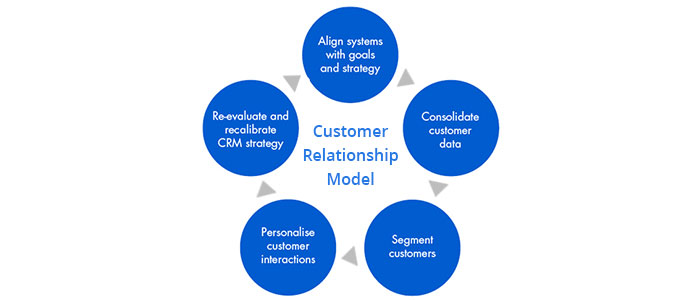In the ever-evolving business landscape, where competition is fierce and consumer choices abound, building and maintaining customer loyalty has become crucial for companies across industries. One of the most effective strategies that has emerged to foster this loyalty is the implementation of brand loyalty programs.
These programs, often offering rewards, incentives, and exclusive benefits, have proven successful in attracting new customers and nurturing and retaining existing ones. This article will explore the concept of brand loyalty programs, their benefits, key components, and best practices in building lasting customer relationships.
Table of Contents
ToggleUnderstanding Brand Loyalty Programs
Brand loyalty programs, or customer loyalty programs, are structured marketing strategies designed to incentivize customers to repeatedly purchase products or services from a particular brand. These programs are built on the psychological principle that customers are likelier to continue buying from a brand offering additional value beyond the essential product or service.
Companies aim to create a sense of attachment and emotional connection between customers and the brand by offering rewards, discounts, special offers, and other incentives.
The Benefits of Brand Loyalty Programs
Implementing a brand loyalty program can yield a wide range of benefits for businesses:
- Customer Retention: One of the primary advantages of loyalty programs is their ability to enhance customer retention. When customers are rewarded for their loyalty, they are more likely to return to the brand for future purchases.
- Increased Sales: Loyalty programs often increase sales volume as customers strive to achieve rewards. This can have a significant impact on a company’s bottom line.
- Higher Customer Lifetime Value: Loyal customers are more valuable over the long term. They spend more, refer others to the brand, and have a higher customer lifetime value.
- Data Collection and Analysis: Loyalty programs provide valuable data about customer behavior, preferences, and purchasing patterns. This data can tailor marketing efforts and improve overall business strategies.
- Competitive Advantage: A well-designed loyalty program can set a brand apart from its competitors, making it more attractive to customers who value the additional benefits.
- Brand Advocacy: Loyal customers are likelier to become brand advocates, promoting the brand to their friends, family, and social networks.
Critical Components of Effective Loyalty Programs
A successful brand loyalty program is built on several key components:
- Clear Value Proposition: The program must offer clear and tangible benefits to customers. Whether it’s discounts, exclusive access, or complimentary products, customers should see the value in participating.
- Ease of Participation: The program should be easy to understand and join. Complicated processes or excessive requirements can discourage participation.
- Tiered Structure: Many effective loyalty programs have tiered structures where customers can unlock higher levels of rewards as they make more purchases or reach certain milestones.
- Personalization: Tailoring rewards and offers to individual customer preferences can significantly enhance the effectiveness of a loyalty program.
- Omnichannel Integration: Loyalty programs should be seamlessly integrated across various channels, including in-store, online, mobile apps, and more.
- Communication: Regular and engaging communication about program updates, rewards, and special offers helps keep participants excited and informed.
- Social Engagement: Incorporating social elements, such as allowing customers to share their rewards or achievements on social media, can amplify the program’s reach.
Best Practices in Building Lasting Relationships
To maximize the impact of brand loyalty programs and build lasting relationships with customers, consider these best practices:
- Know Your Audience: Understand your customers’ preferences, behaviors, and motivations to tailor the loyalty program to their needs.
- Simplicity is Key: Keep the program simple and easy to participate in. Complicated rules or confusing reward structures can lead to frustration.
- Offer Variety: Provide a variety of rewards to cater to different customer preferences. This could include discounts, free products, early access to new releases, or experiential rewards.
- Monitor and Adapt: Monitor the program’s performance and gather participant feedback. Use this data to make necessary adjustments and improvements.
- Create Exclusivity: Offer exclusive rewards or benefits only available to loyalty program members. This makes customers feel unique and valued.
- Promote Across Channels: Use various marketing channels to promote the loyalty program and its benefits. This could include email marketing, social media, and in-store signage.
- Celebrate Milestones: Recognize and celebrate customers’ achievements within the loyalty program. Whether it’s a special birthday offer or reaching a certain spending threshold, acknowledging these milestones strengthens the emotional connection.
- Continuous Engagement: Keep participants engaged even when they’re not making purchases. This could involve gamified elements, personalized recommendations, or interactive content.
Case Study: Starbucks Rewards
One exemplary brand loyalty program is Starbucks Rewards. The program allows customers to earn stars for every purchase, with higher-tier members receiving personalized offers, free drinks on birthdays, and early access to new products. Starbucks’ mobile app plays a central role, allowing customers to track their rewards and make payments easily.
The program’s success lies in its simplicity, clear value proposition, and technology integration to enhance the customer experience.
Conclusion
In an era where customer choices are abundant and brand switching is just a click away, cultivating brand loyalty has become a critical business strategy. Brand loyalty programs offer a powerful tool to attract and retain customers and build lasting relationships. Companies can create an emotional connection that transcends transactional interactions by providing tangible rewards, personalized experiences, and exclusive benefits. However, the success of these programs hinges on their design, implementation, and continuous adaptation to evolving customer needs. As businesses strive to stand out in competitive markets, investing in well-crafted loyalty programs could be the key to nurturing customer loyalty that withstands the test of time.
Also read: Top Reasons to Hire a Trademark Registration Service Provider





